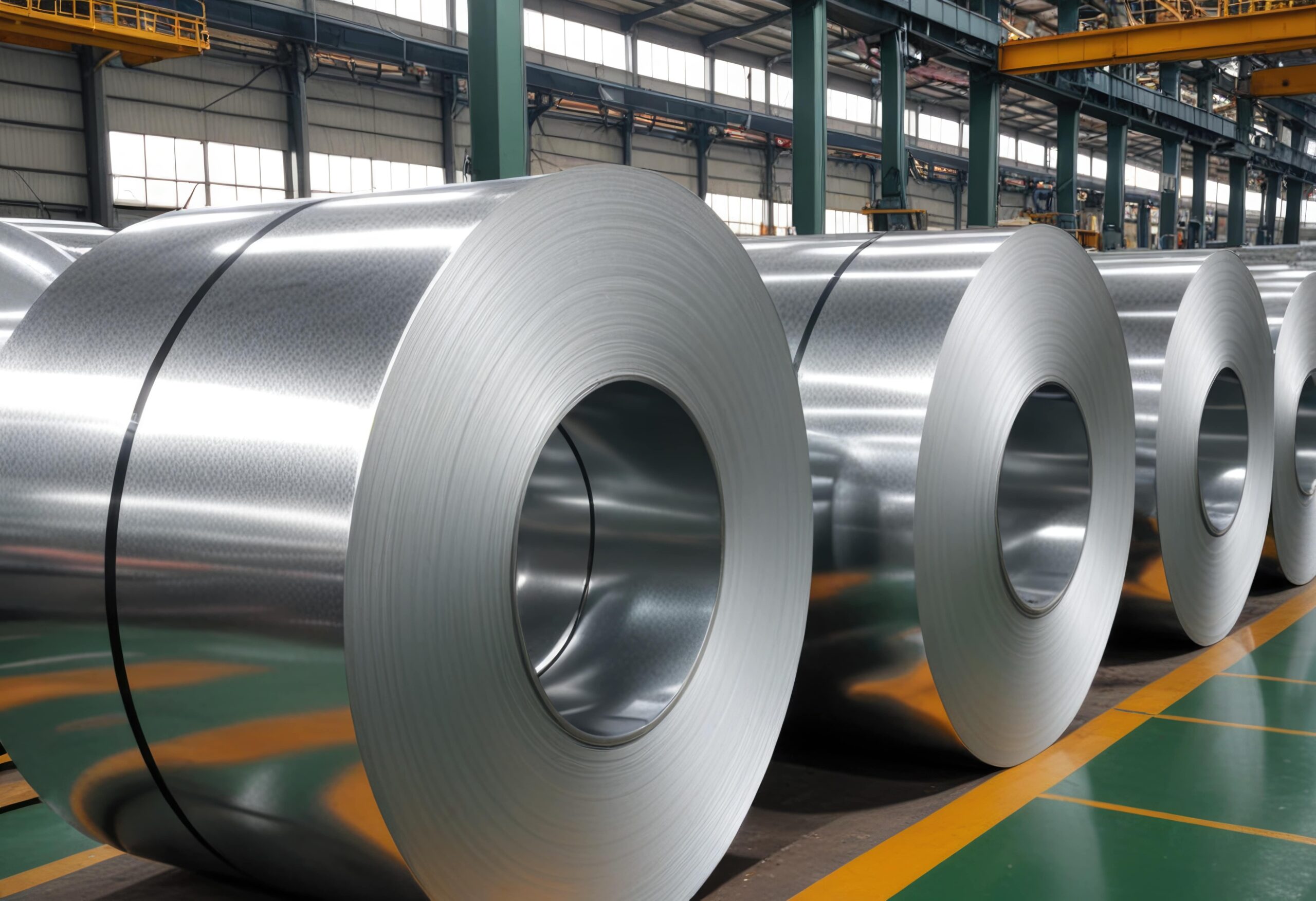
INTRODUCTION
Upholding the integrity and cleanliness of equipment is crucial in the pharmaceutical sector. 304, 316, and 316L stainless steel grades in particular are highly utilized because of their resistance to corrosion and long-lasting nature. But even stainless steel can get rouge, a reddish-brown film that appears on surfaces over time. Rouging is a problem that might jeopardize manufacturing process efficiency and pharmaceutical product quality. Read this blog to understand the entire process of stainless steel de- roughing, and its benefits.
Process
The process of de-roughing involves the removal of this rouge layer to restore the stainless steel’s surface integrity. Here’s a step-by-step overview of the de-roughing process:
1. Preparation
Preparing the stainless steel surface for rouging is the first step. This includes making sure the area is accessible for the roughing procedure and cleaning the surface to get rid of any loose pollutants.
2.Chemical Application:
The stainless steel surface is treated with a derouging chemical, which is typically a cleanser with an acid base. CIP 200 is one often utilized agent that is well-known for its ability to clean and passivate the surface in addition to eliminating rouge.
3. Recirculation:
A centrifugal pump is used to circulate the derouging solution through the pipes in piping systems. This guarantees that the entire pipe system is exposed to the solution. The procedure is usually carried out at high temperatures in order to optimize the chemical reaction.
4.Neutralization and Rinsing:
Neutralization and discharge of the wasted solution follow the derouging procedure. After that, the system is repeatedly washed with water to get rid of any remaining chemicals. To make sure the derouging chemical is completely gone, the rinse water is examined.
5.Inspection and Validation:
To make sure the rouge has been successfully removed, the stainless steel surface must be inspected in the last step. To verify the surface’s cleanliness and passivation, this may involve visual examinations and analytical testing.
Benefits of Stainless Steel Roughing
The roughing of stainless steel offers several benefits, particularly for pharmaceutical companies:
Enhanced Product Quality: Rubble from stainless steel surfaces must be removed in order to guarantee that pharmaceutical products are free of impurities. This is essential to preserving the items’ safety and purity.
Improved Equipment Efficiency: Rouging can reduce heat transfer efficiency or cause obstructions, which can both have an impact on equipment efficiency. The machinery can function more effectively and perform better overall if the rouge is removed.
Cost Savings: Frequent de-roughing helps stainless steel equipment last longer and require fewer expensive replacements. It can also stop equipment malfunctions from causing downtime, which can save pharmaceutical businesses a lot of money.
Regulatory Compliance: Pharmaceutical businesses must adhere to strict regulatory requirements. Companies can adhere to these regulations and stay out of trouble with the law by making sure that their stainless steel equipment is free of rouge.
Conclusion:
For pharmaceutical firms, stainless steel de-roughing is an essential procedure that guarantees the effectiveness and integrity of their manufacturing machinery. Businesses can save money, maintain regulatory compliance, improve machine efficiency, and improve product quality by routinely cleaning stainless steel surfaces of rouge. It is imperative that equipment be kept clean and free of corrosion as the pharmaceutical industry develops. A crucial first step in accomplishing these objectives and guaranteeing the manufacture of safe, premium pharmaceutical products is the implementation of efficient de-roughing procedures.
If you wish to know more about different machines from different industries including pharmaceutical, and F&B, visit-Sterinox Systems

